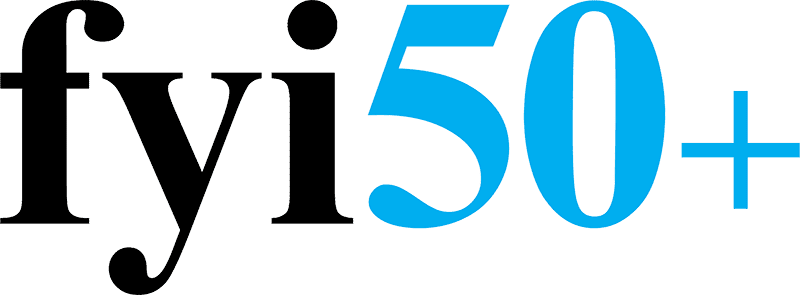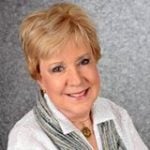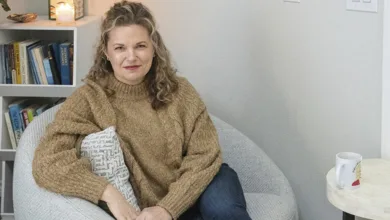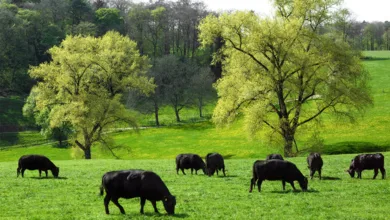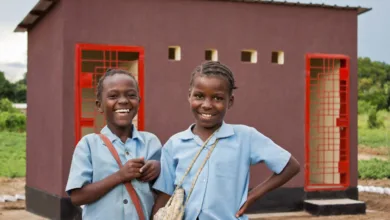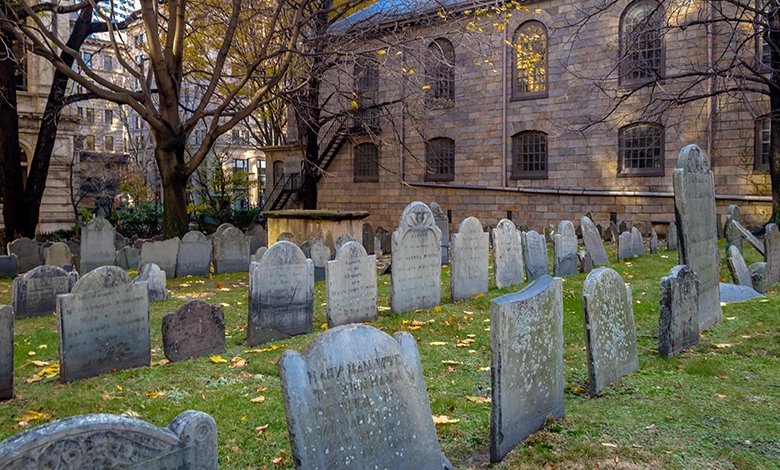
We are all unique beings. We were produced by the convergence of two other unique beings. We are unlike anyone else, including our own siblings. And so it goes throughout history. It really is miraculous that we are here at all.
Imagine if my father’s car hadn’t had a flat tire in Virginia, which led him to stop at the nearest lit building to make a phone call. That building happened to be the boarding school where my mother was about to graduate. They met there, and, as they say, the rest is history.
Beyond the textbook facts
Some people don’t wonder where they come from, but I can’t remember a time when I wasn’t interested in history. Beyond the facts in textbooks, people have to deal with sometimes sudden changes in fortune due to historical events.
The circumstances that shaped my ancestors have inspired me to create a detailed family tree database and research the eras they lived in. Who were they? Where did they originate? Why did their children choose to stay or move away?
There are many things I will never know, but I can get a sense of their lives in other ways. Besides collecting census data, I have traveled to the places where my ancestors once lived.
Reading the stones
Genealogists spend a lot of time at cemeteries. I have a cemetery kit that includes shaving cream and inexpensive dry paintbrushes. If the headstone is hard to read, spread shaving cream over the letters and brush it with a dry paintbrush.
The unreadable parts become visible. Shaving cream won’t damage the headstone, and rain will wash it away.
Some older cemeteries are off the beaten path. Depending on the area of the country where they are located, a late winter visit is best, and bring a machete with you. Less foliage to cut through, and the snakes are usually absent. My brother and I have even packed heavy-duty epoxy to glue together broken headstones.
The design of headstones tells a lot about the society in which ancestors lived. Puritan headstones are flat, dark, and decorated with stylized skull images. Information about the deceased is minimal, just their name and dates.
Quakers, on the other hand, buried their dead in an egalitarian manner, often without a headstone. My Philadelphia Quaker ancestors now lie beneath a green parking lot next to the meeting house.
Later markers are more artistic, featuring poetry and images. Some honor war service, and my Southern male ancestors often added a Masonic insignia.
Following the trail
Find the homesteads if you can. Drive around the area. Some of my ancestors lived for generations in Lancaster County, Pennsylvania. Such a lovely part of the world.
I imagine that children left for new beginnings with families of their own, not because the place where they grew up wasn’t fertile and green. Land in the United States and its territories seemed endless in the early days.
Families often had many children. The more ambitious young men sought to make their mark in a new place.
Visiting the places of origin fills in some gaps. The county seat library might have local information not available online, such as Bible records, town histories, and church records.
Usually, there is a genealogical reference room, printing services, and computers. I have discovered more than one genealogical library where local citizens are knowledgeable about their families.
A trip to a library in Kosciusko, Mississippi, led me to a woman who knew my father’s family well and had already researched some ancestors.
She copied all her research for me. Eureka! It’s almost as if she were waiting for me to find her.
Every family has colorful characters
Along with the hardworking folks, you’ll encounter some oddballs. Every family has them somewhere.
I have a great-great-uncle who left home on a river raft at age 18 and was never heard from again. One suicide so far. One tried for murder who escaped.
My first Tubb ancestor arrived from England in 1665, moved to Traveler’s Rest, South Carolina, married, and had two sons, then abandoned the family.
Fortunately, his sons survived, married, and moved west. There was mention that one of the wives was Cherokee, but DNA disproves this.
I have found a half dozen Revolutionary War veterans I didn’t know about, and both Union and Confederate soldiers. I have also hit research walls where the trail ends in mystery.
One ancestor—Charles Turner—appears from nowhere. His wife, Betsy, is well documented, but I cannot find his parentage. I keep searching.
A well-planned journey from Bavaria
Most of my ancestral lines date back to the 1600s. My grandfather’s family, however, arrived in the mid-1800s from Nuremberg, Germany.
The whole family relocated to the U.S. in stages. First, a few young men came and set up a leather business making saddles, bridles, and messenger bags in New York City.
Over a few years, they earned enough money to buy a large piece of land near Hamilton, Ohio. Then they brought the parents and siblings to America.
In Hamilton, the family anglicized their names and thrived in several business fields. They even built a brewery whose patron saint was Gambrinus.
Unfortunately, the brewery closed during Prohibition and was torn down. I have a picture of it.
Their emigration from Bavaria was obviously a well-planned endeavor, but my question has always been, why did they decide to do this? Opportunity? Germany’s draft? Hard times?
So far, no royalty, no Cincinnatus lineage, no Mayflower relatives. My people are simply unique and American, and they tell the story of this country through how they lived.
So many mysteries still to solve and so many stories yet to be told.
Cemetery Research Kit
- Shaving cream
- Cheap dry paint brushes
- Machete (for overgrown areas)
- Heavy-duty epoxy (for broken stones)
- Camera
- Visit in late winter for the best visibility
